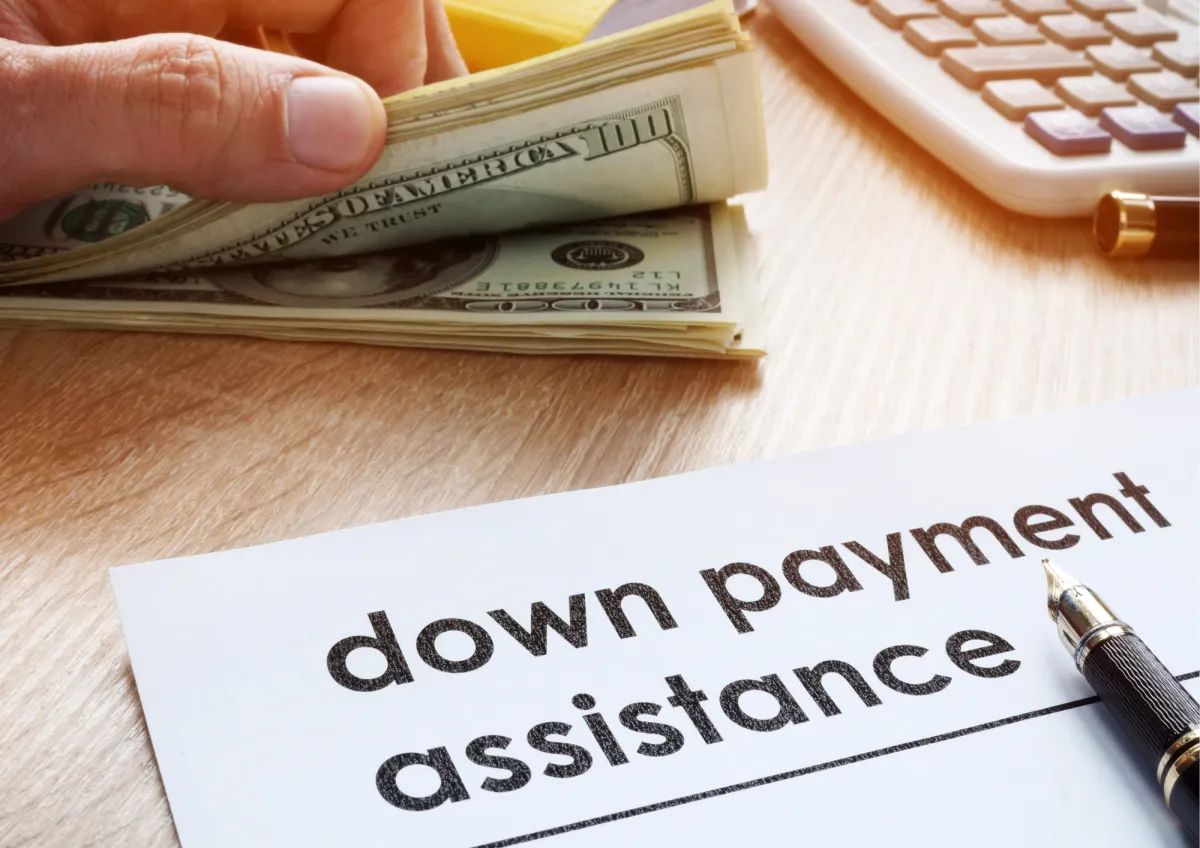
Think You Can’t Afford a Home? Down Payment Assistance Might Say Otherwise
When it comes to buying a home, one of the biggest mental hurdles for most people is the down payment. There's a long-standing myth that you need 20% down to buy—and for many first-time buyers, that number sounds like an automatic disqualifier.
But here’s the truth: you don’t need 20% down, and in many cases, you don’t even need 5%. Thanks to down payment assistance (DPA) programs across the country, homeownership is much more achievable than most people think.
What Is Down Payment Assistance?
Down payment assistance (DPA) refers to grants, forgivable loans, or deferred second mortgages that help cover the upfront costs of buying a home. These programs are designed to make homeownership more accessible—particularly for first-time buyers, moderate-income households, veterans, educators, and essential workers.
In other words, if the down payment is the thing stopping you, DPA might be the thing that gets you through the door.
Types of Down Payment Assistance
Across the U.S., DPA programs are offered at state, county, city, and even lender levels. Here's a general breakdown of what these programs can look like:
✅ Grants
Free money that does not need to be repaid
Typically offered through housing finance agencies or nonprofits
✅ Forgivable Loans
Loans that are forgiven after a set time (e.g., 5 years of living in the home)
Usually 0% interest and require no monthly payment
✅ Deferred Payment Loans
Repayment only happens if you sell, refinance, or move before a certain time
Helps preserve your cash flow during the early years of homeownership
✅ Matched Savings Programs
Some programs match your savings—up to 4:1 or higher
Often available through community-based financial institutions
Who Qualifies for DPA?
Requirements vary by program, but most share a few common factors:
First-time buyer status (meaning you haven’t owned a home in the past 3 years)
Minimum credit score, usually 620 or higher
Income limits based on the area median income (AMI)
Completion of a homebuyer education course
Property must be a primary residence
In many cases, you don’t have to be a first-time buyer—just someone who meets the program criteria.
What Can DPA Be Used For?
Depending on the program, these funds can cover:
Down payment
Closing costs
Escrow reserves
Interest rate buydowns
Some programs even allow you to combine multiple forms of assistance to reduce your out-of-pocket costs even further.
Common Myths—And the Real Facts
Myth: You need 20% down to buy
Fact: Many buyers purchase homes with 3%–5% down, and some loans (like VA and USDA) require no down payment at all
Myth: Down payment assistance is only for low-income buyers
Fact: Many programs are designed for moderate-income buyers or specific professions (teachers, veterans, first responders)
Myth: The process takes longer
Fact: With a knowledgeable lender, these programs can be used without slowing down your timeline
Why It Matters More Than Ever
In today’s housing market—where interest rates fluctuate and home prices remain high—every dollar matters. Down payment assistance can be the difference between renting and owning, or between waiting and getting into your first home sooner than you thought possible.
What’s Your Take?
Need to connect with others on the same path? Join our First-Time Homebuyers Facebook Group—a space for asking questions, sharing experiences, and getting practical advice from people who’ve been there.
Prefer to talk it out one-on-one? Book your FREE home loan consultation today and walk away with real numbers tailored to your budget—not just estimates.
Already thinking ahead? Get a competitive quote today. With access to over 50 lenders, we’ll help you find the lowest rate that fits your situation.
Prefer a simple guide you can keep? Our free Homebuyer Guide walks you through every step again—so you’re never unsure about what comes next.
Stay Connected:
Follow me on Instagram and YouTube for more tips and insights!
You can always add me on Facebook. I’m here to help you win with what you’ve earned.
